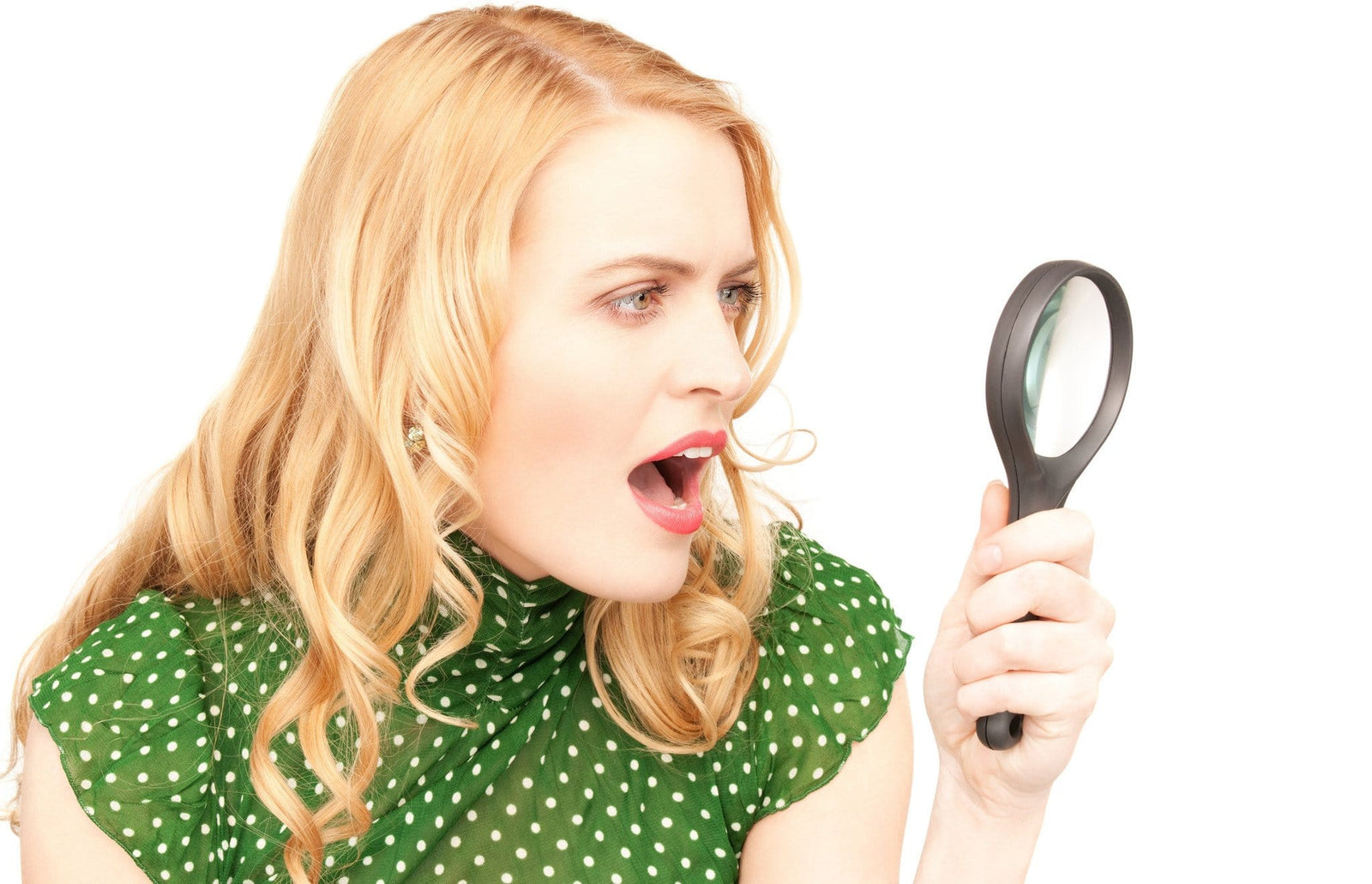How To Decode Skincare Labels Like a Pro!

Finding products that work for your skin is hard enough. Differentiating between the pretty flower pictures on the bottle and what's really in your beauty products is a whole lot more complicated.
Marketing tricks or 'green washing' are common place.
Green sells. So it's perhaps no surprise that some brands will be economical with the truth and do everything they can to give the impression that their product is greener than it is.
The bottom line is that the only way you can tell what's really in your beauty products is to read the label.
Labels don't lie.
Beautiful packaging, with a smattering of floral designs and a few well chosen words thrown might not lie exactly - but can give the impression of being something they are not.
Finally factor into that the fact that most skincare labels read like a chemistry book and it has become as difficult as finding that fabled work, life balance that experts tell us we should all be striving for.
Olga Rumble, Founder of the award winning British Luxury brand The Rose Tree shares her top tips to enable you to decode those labels like a pro.
Get the basics sorted
Ingredients are listed in their INCI format. INCI, or International Nomenclature of Cosmetic Ingredients is a standardised way of listing ingredients that is a legal requirement for products sold in Europe.
The idea is that consumers can recognise ingredients easily and determine whether a product contains ingredients they want to avoid, or are allergic to for example.
Where it gets slightly more tricky is that the INCI name is based on a mix of scientific, English and Latin names and it's not always easy to work out what an ingredient is - at least not while you are in the aisle of your favourite shop.
Take water for example, most of us would recognise this as aqua. Shea Butter on the other hand becomes Butyrospermum Parkii. We list common INCI names here, or you can look them up online.
The order matters
Legally, ingredients must be listed in order of volume (or weight) largest first. That immediately gives you an idea of what the bulk of your product is made up of. If the first ingredient is super cheap liquid paraffin, and the price tag is £50 I would run a mile.
Active ingredients will generally be toward the back of the label, they tend to be very potent and will only be needed in small quantities. That is OK. Remember in a cream product, water will always feature near the top of the label (or another liquid e.g. a flower water or hydrolat), but look to see what other ingredients are listed with it to assess whether it is worth your cash.
You can also expect see any allergens listed after the ingredients. There are 26 possible allergens which are often constituents of essential oils or other fragrance ingredients. These include geraniol, d-limonene, linalol.
Check out the numbers
The label will include either an expiry date or a PAO depending on the product. An expiry date is exactly that, with natural skincare especially, the beautiful plant oils will spoil over time and lose their effectiveness. That little open jar icon with a number in tells you how many months the product is good for once opened.
Heed these numbers, they are there for a reason. Your skin will not thank you for using product this is out of date and it may even cause a reaction. (Not a good one!)
Packaging matters
Oils will oxidise over time and this process is increased if you don't store your products carefully. Bathroom windows in full sunlight are not a good idea. You want to aim for cool and dark.
For precious botanical oils, think facial oils, look for products that are packed in dark glass. You want to maximise their goodness and protect your investment.
Be savvy to marketing tactics
This might sound like odd advice coming from someone that has their own skincare brand - but not all marketing is created equal. One of the favourite tactics for some of the big brands wanting to be part of the lucrative green beauty wave is to launch a product with nice sounding ingredient names.
Think, 'Amazing Shampoo with Rare Exotic Flower from Rainforest' which is great until you read the label and see that 99% of the ingredients are the same chemicals that you find in floor cleaner - but it does include said exotic flower at 0.1% Cynical, I know.
In the same vein, look out for marketing terms like organic and check what they really mean.
Organic means big bucks for brands so everyone wants to jump on the bandwagon.
You have to decide what organic means for you and whether it is something you believe in and want to pay for. You can find some of my thoughts here.
But be warned, a product can have 'organic' splashed across the label and contain only 1% of organic ingredients.
So your job as a savvy consumer is to check out how many of the ingredients on the label are organic and whether the product deserves your custom.
Sometimes this is listed on the label. There are various accreditations available, Soil Association, Ecocert etc. but each have different rules for what percentage of the ingredients are organic.
We like to keep it simple and that is exactly why we list the percentage of organic ingredients on our products.
There's a whole lot more to be said here - but this gives you the basics. Remember, you are in charge and with a little bit of detective work it's up to you to decide which products are right for you.

